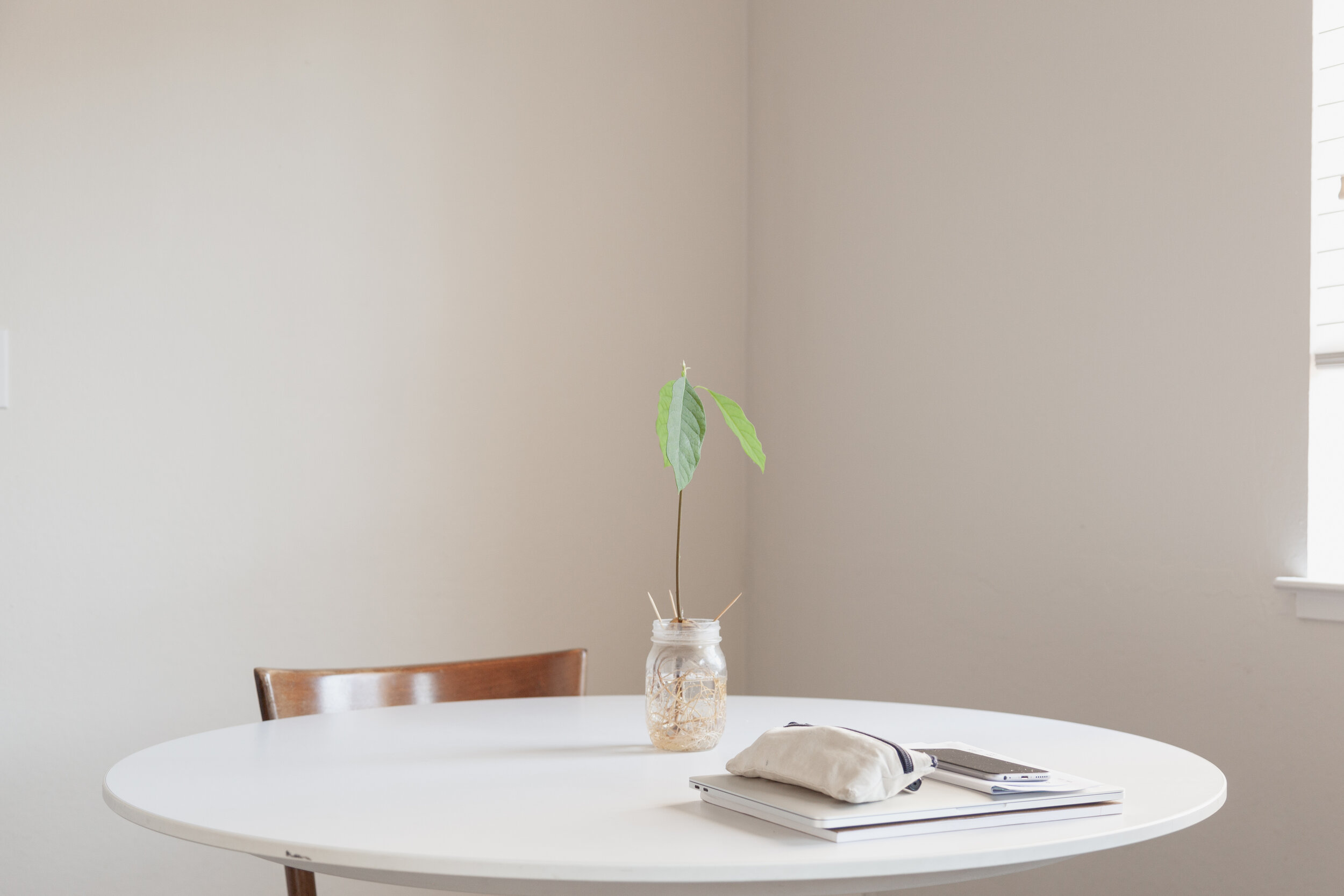Minimalist decluttering tips
Decluttering has naturally become part of the minimalist lifestyle, as a way to clear the unnecessary and and help simplify your everyday life. Though there’s nothing better than a clean, organized and simple home, the act of decluttering can be a daunting and emotional process for many. When we open up disregarded closets, garages, and storage units, it can seem hopeless when faced with a large pile of items from the past. Things can also become tricky if you find yourself trying to declutter the belongings of others, or if you’re confused with where to even begin.
If you’re new to decluttering and minimalism, this particular guide goes through some commonly asked questions about the process. Check out the video or summary below for specific ideas on how and where to responsibly dispose certain items, tips for dealing with non-minimalist roommates or family members, and more. Of course, remember that minimalism and decluttering is a continual journey, and to be patient with yourself through the process.
Decluttering questions answered
Find some answers to some commonly asked questions and speed bumps in the decluttering process below.
It's essential to ask yourself, "Why?"
Having a clear purpose and vision towards a minimalist lifestyle can keep you motivated
To keep the decluttering process as stress-free as possible
Like with any large project, break it down into more manageable chunks - celebrate the small victories and keep at it
Don't face decluttering alone if you feel overwhelmed - connect with a friend, family member, or local minimalist meetup groups or Facebook communities
What to declutter
Take a large box or bags to place the items you'd like to declutter - start with putting nonessential items that have no sentimental attachment and don't overthink it either
Consider something nonessential if you haven't thought about it or used it for over a year, or whatever time bracket works for you
Some quick items to declutter could be expired medications, food in the fridge or pantry that is no longer fresh, broken items beyond repair
For sentimental items, you can choose to digitize photos, letters, or memorable journal entries by taking pictures or scanning them
To avoid decluttering items on mistake, leave your newly picked items in those boxes or bags, and place them out of sight - review what’s inside in a month or two
Where to send decluttered items
Sell functional items with value such as tools, technology products, furniture, etc.
Consider gifting to community groups or your local freecycle page
Earth 911 is a great resource for how to recycle miscellaneous materials and objects
Reach out to the manufacturer of the product to check for product recycling or repair options
Call local thrift or homeless shelters to check what they accept and what they need, so there's a higher chance your items will get used again.
Be on the lookout for organizations that have specific needs, for example, charities that accept secondhand prom dresses for low-income students, or homeless shelters focus on job training and are in need of business wear
How to declutter with a partner who doesn't want to
Give your partner space and respect - tensions and negative feelings will arise if you force your partner to do things he or she doesn't want to do
Lead by action to peak curiosity, but tread lightly, and do what you can in your own space
How can you keep motivated to sustain a simple lifestyle?
Always refuse future purchases as much as you can - keep desired items on a wishlist for 30 or more days, and reconsider after that period if the item is still worth getting
It is up to you to decide when to declutter next, but doing a weekly sweep regularly for small things can keep clutter to a minimum
Schedule a more massive closet or room decluttering every half month to a year, or whatever timeframe works for you - if you become too obsessive with purges, you may find yourself decluttering items on accident





